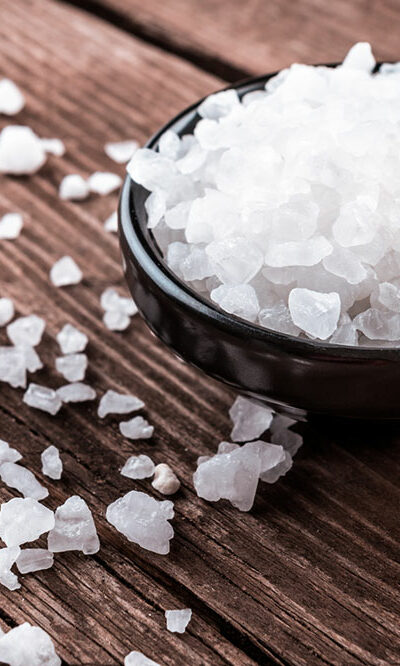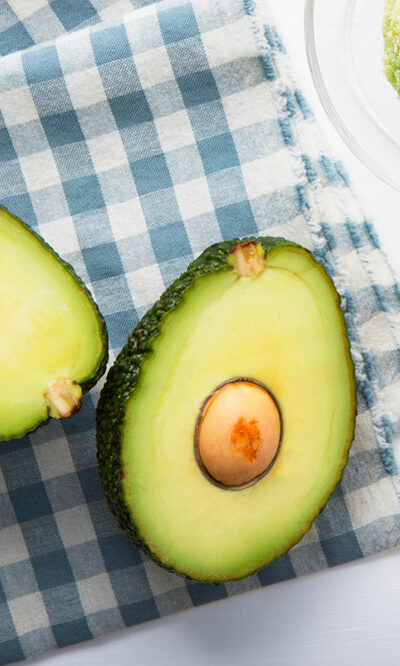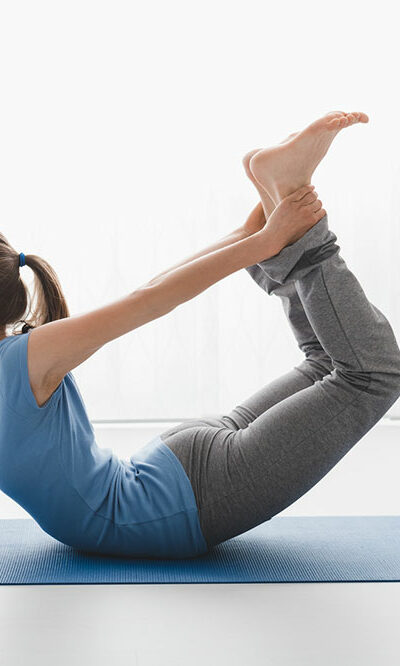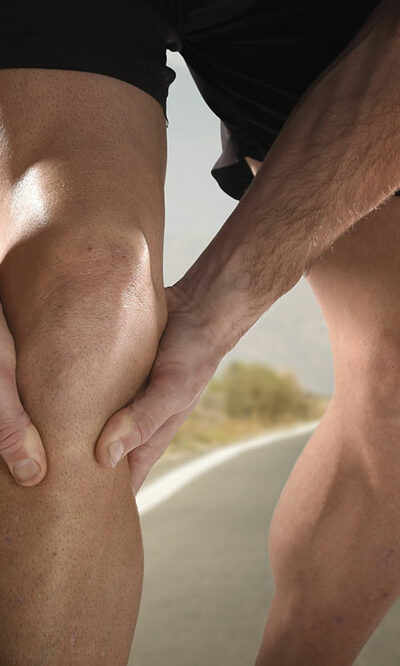Remedies for an Overactive Bladder
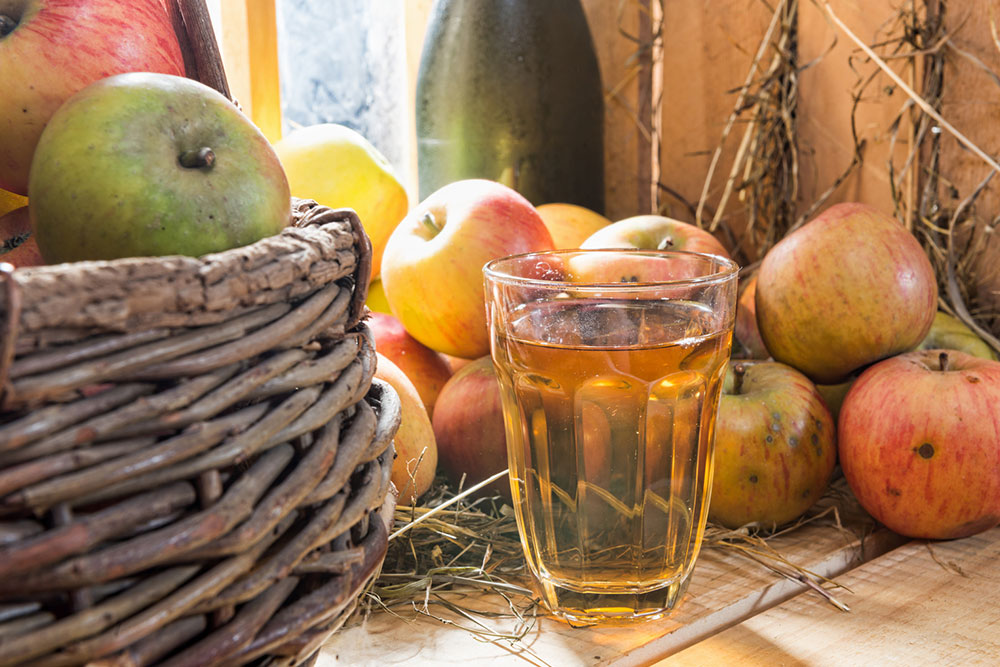
An overactive bladder can make you feel the urge to relieve yourself several times in a day. It can also lead to incontinence and leakage. An overactive bladder could be a warning sign of an underlying medical condition. Luckily, there are some ways in which you can get things back in control.
Overactive Bladder (OAB)
If you have an overactive bladder disorder, you may feel the need to urinate about eight or more times every day. It is not just a medical condition, but it can also affect your work and social life. You might even begin to avoid social gatherings as well as your friends to save yourself from embarrassing situations.
However, there are some ways to train your bladder and get it back under control. You can also try some traditional remedies for an overactive bladder.
What causes overactive bladder?
- Medical conditions: Sometimes, diseases like diabetes, Parkinson’s disease, kidney failure, among others can cause OAB.
- Age: As you age, your muscles start to weaken. Older people, especially those above the age of 60, are more likely to have OAB.
- Menopause: Women going through menopause experience several changes in their body. Sometimes, they also face the problem of incontinence. The drop in estrogen levels is believed to be one of the causes of this condition.
- Pelvic muscle weakness: When your pelvic floor muscles are damaged or weakened, it can distort the bladder and can result in OAB.
- UTI: Urinary tract infections can also cause OAB.
Sometimes, OAB can occur without any identifiable causes.
Symptoms
- Urge to urinate several times a day, both during the day and night
- Incontinence
- Urine leakage
OAB and your lifestyle
Those who suffer from an overactive bladder and incontinence may feel its effects in many aspects of their lives. They may be embarrassed by the frequent trips to the restroom. Some patients may also suffer from constant anxiety.
People start to avoid social gatherings, going out to the movies or any other public place, skip going on vacation, may even feel uneasy in their own home, with their own family.
Common remedies for an overactive bladder
OAB can be treated and controlled in the following ways:
- Medications: There are a few drugs prescribed for OAB that are known as anticholinergics. These work by inhibiting the nerve signals that cause bladder muscle contractions. These drugs may also help in increasing the holding capacity of the bladder, thus bringing down the urge to urinate.
- Botox: In case of severe incontinence, a Botox injection is used to relax the muscles in the bladder. However, this can lead to some undesirable consequences.
Mostly, one can treat OAB through exercises to improve muscle control and strengthen the pelvic floor muscles.
Exercise and bladder discipline remedies for an overactive bladder
You can try many exercises and control techniques to improve bladder control.
Kegel exercises
It is the most common form of exercise to strengthen the pelvic floor muscles and gain control over bladder movements:
To identify your pelvic floor muscles, try to stop urinating halfway. Once you have done this, you can recognize which muscles you’re clenching.
Whenever you have time, you can try this exercise routine:
- Contract your pelvic floor muscles for around 10 seconds, then relax for 3 seconds
- Repeat this ten times
- Approach an expert to learn about deep breathing exercises that can help with this routine
Planned trips to the bathroom
- Observe your urination pattern for a few days. Learn about the number of trips you take and the average interval between these trips.
- Now, plan your trips, but add 15 minutes to the intervals. Try holding back for the planned duration between each trip.
- As your control improves, increase the time delay by a few minutes for the next schedule.
- When you go to the bathroom, try holding back the urge to urinate for some time. The longer you can hold it in, the better control you have.
Lifestyle changes
- Quit smoking as it irritates the bladder muscles.
- Avoid items like alcohol, caffeinated drinks, carbonated drinks, sugary foods, and spicy foods. These can trigger bladder movements.
- Watch your water intake. Drinking enough water is vital to stay hydrated and healthy, but consuming too much water can worsen the symptoms of this condition.
Traditional remedies for an overactive bladder
- Acupuncture: A British research study highlighted the effectiveness of acupuncture in improving bladder control.
- Asian herbal remedies: Gosha-Jinki-Gan, Ganoderma Lucidum, and corn silk are some of the traditional medicines used to improve bladder control and strengthen the pelvic muscles.
- Capsaicin: This compound found in chili peppers is helpful in relieving pelvic pain, a common symptom of OAB. This compound has also been found to be effective in increasing bladder capacity.
- Ginseng and nettle: These herbs have anti-diuretic properties that help in reducing the number of times you have the desire to visit the bathroom.
- Soy extracts and dandelion: These items are capable of strengthening the pelvic muscles and improving bladder control.
Food and nutritional remedies for an overactive bladder
- Magnesium-rich foods: Magnesium is a vital mineral that plays an essential role in nerve and muscle functions. A study in Israel found that magnesium supplements helped in improving bladder control. Foods rich in magnesium include potatoes, bananas, and corn.
- Vitamin D: This vitamin helps the body absorb calcium effectively, which is needed for bone strength. It is also a remedy for treating an overactive bladder. A study conducted in 2010 found that women who had a vitamin D deficiency were more likely to have pelvic floor disorders. So, venture out into the sun in the morning, or include eggs, fish, and fortified milk in your diet.
Overactive bladder disorder affects around 33 million Americans. While this can be a symptom of an underlying medical condition, it can also occur for no specific reason. However, there are many ways to treat OAB. Remedies for an overactive bladder include medications, exercises, lifestyle changes, herbal remedies, and dietary changes.


